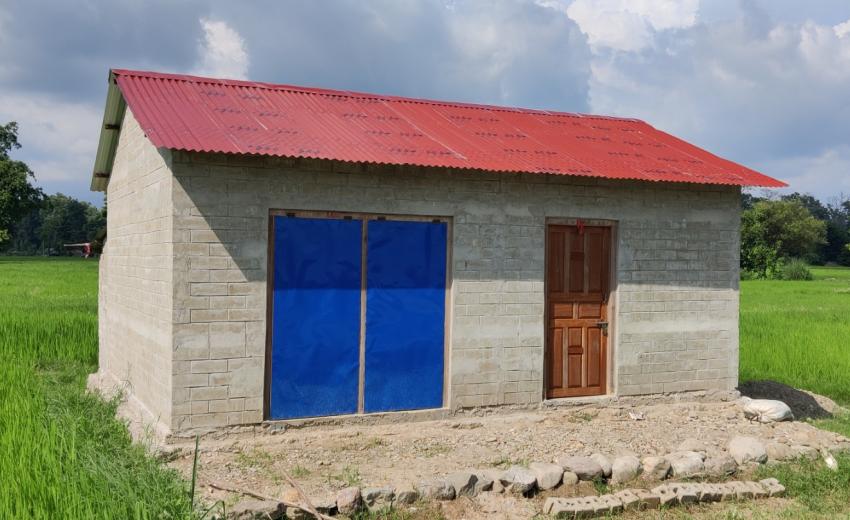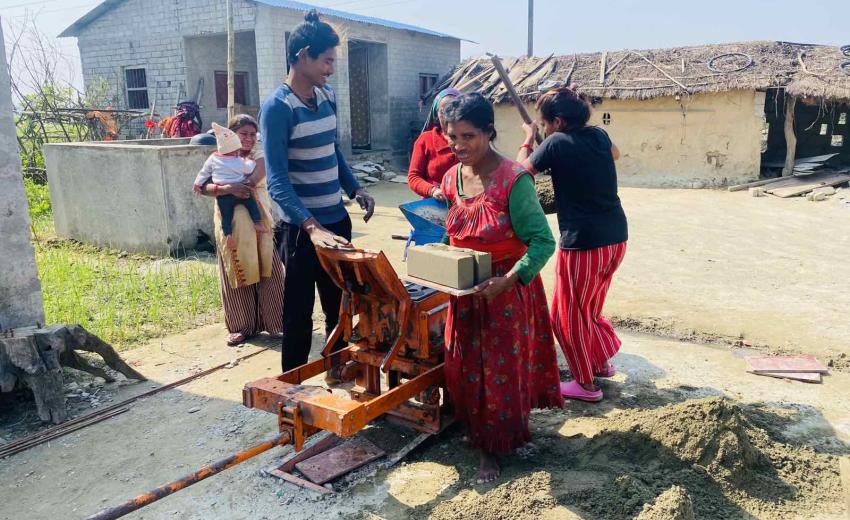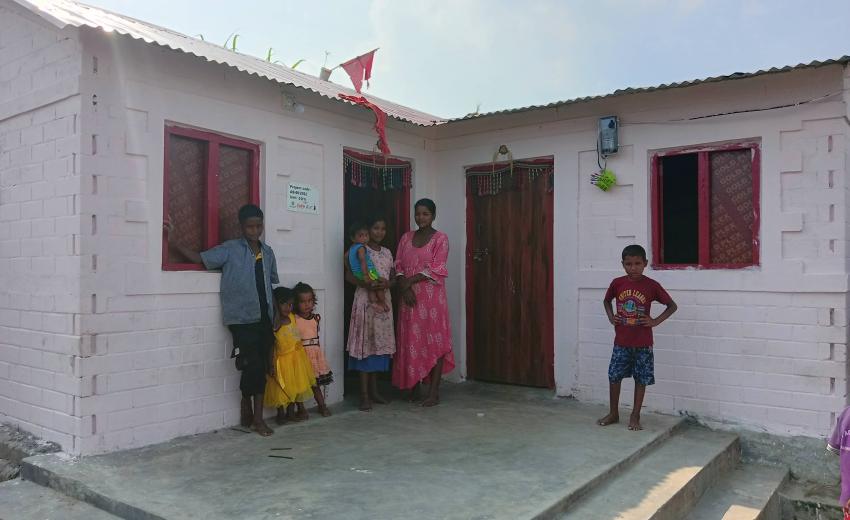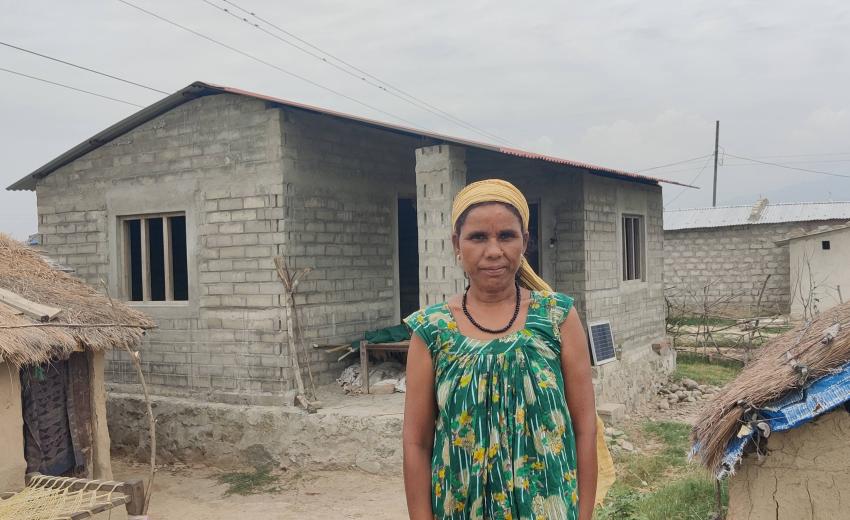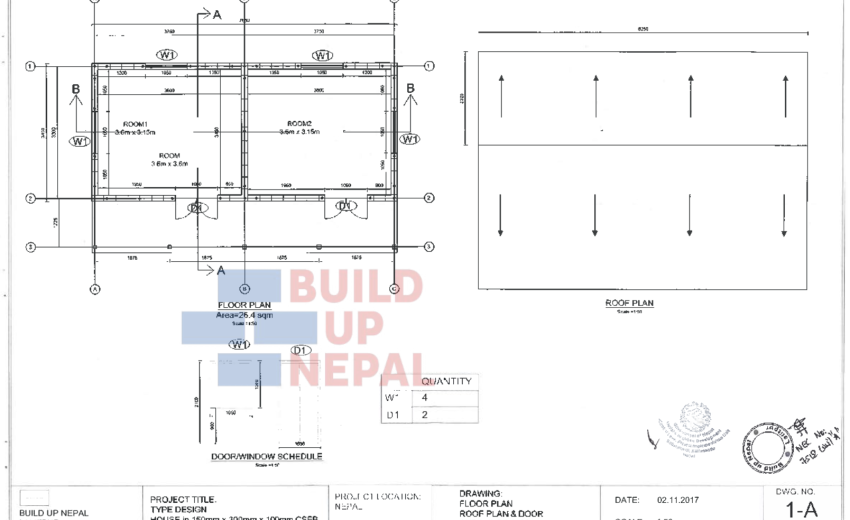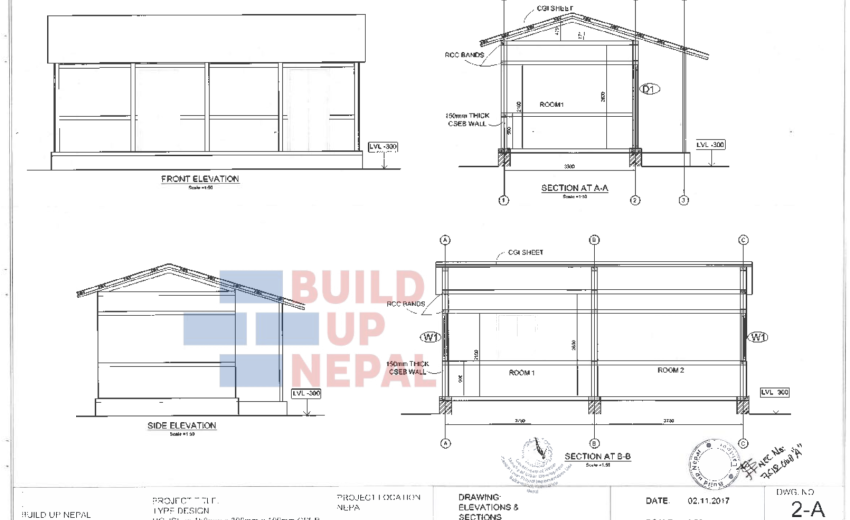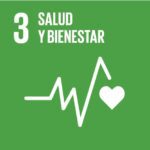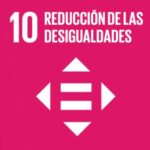Safe houses for very poor families in west Nepal
Landlocked in South Asia, Nepal is located between China and India. Still 4.9 million people of the country are multi-dimensionally poor, which is 17.4% of Nepal's population (according to the Nepal 2019 Multiple Indicator Cluster Survey Report).
RESPONSIBLE NGO
Community Impact Nepal
TYPE OF SOLUTION
| PLACE OF EXECUTION Pathari, distrito de Kailali, Nepal |
BENEFICIED FAMILIES 36 |
| CONTINENT Asia |
BENEFICIARIES 36 |
| RESPONSIBLE NGO Community Impact Nepal |
PROGRESS 100% finished |
| YEAR OF EXECUTION 2022 |
EXECUTION TIME … |
Costs
- SELAVIP's contribution
$50.400 USD - Other contributions
$152.564 USD - TOTAL COST PROJECT
$202.964 USD - UNIT COST PER FAMILY
$5.638 USD
Download
Landlocked in South Asia, Nepal is located between China and India. Still 4.9 million people of the country are multi-dimensionally poor, which is 17.4% of Nepal's population (according to the Nepal 2019 Multiple Indicator Cluster Survey Report). In this context, Community Impact Nepal, a Kathmandu based NGO, has implemented a project that aimed at providing new dwellings to families who are from mixed backgrounds and ethnic groups but have come together in this location as they were very poor and landless. Before the execution of the project, these families were residing in small temporary shelters made from CGI sheets or mud and bamboo.
The Community Pathari where the project has been implemented is a poor, semi-urban Community located in the outskirts of Dhangadi submetropolitan city in western Nepal. Meetings with the families were organized at the start of the project, the participation of the families was important in the implementation of the project since they were involved in all the project’s process. Regarding the construction steps, the work was divided in two families’ clusters: One cluster started digging foundations while the other made bricks.
All the new dwellings have been built using CSEB (Compressed Stablized Earth Bricks) in load-bearing wall design. Most houses were small two-room houses but depending on the needs, size, and situation of each family the families were able to select between different designs (each house was constructed following approved government designs, the size varied from 26 to 33 square meters).
With regard to the support from the local authorities, it has been helpful and important since they have also contributed 50,000 NRs (415 USD) per family (this money was provided directly to the families).
The major challenge faced during the implementation of the project have been related to the climate (the monsoon).
Nepal
-
Capital
Kathmandu
-
Continent
Asia
-
Population
30,899,443 (2023 est.)
-
Languages
Nepalí (oficial), Maithili, Bhojpuri, etc.
-
Currency
Nepalese rupee
-
Government system
Federal Parliamentary Republic
-
Borders
India, China
-
Area
147,181 sq km
-
Percentage of people living in urban areas
21,01 % (2021)
-
Yearly inflation
7,7 % (2023)
-
Unemployment rate
5,05 % (2021)
-
GDP Per Capita
USD 1,208 (2021 est.)
-
Approx. Monthly Minimum Salary
NPR15,000.00 (USD 113)
-
HDI (Human Development Index)
0,602
-
% of Population living under The Poverty Line
17,4%



